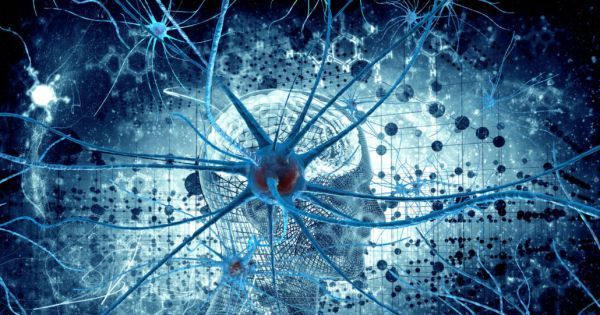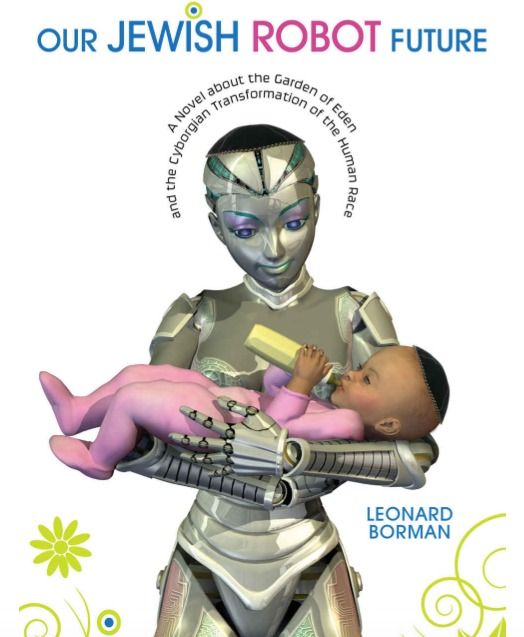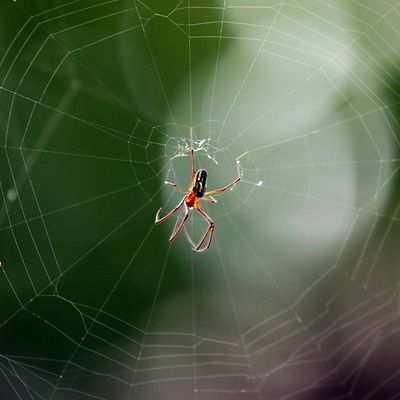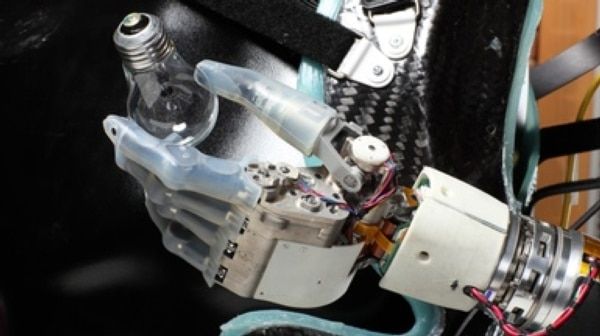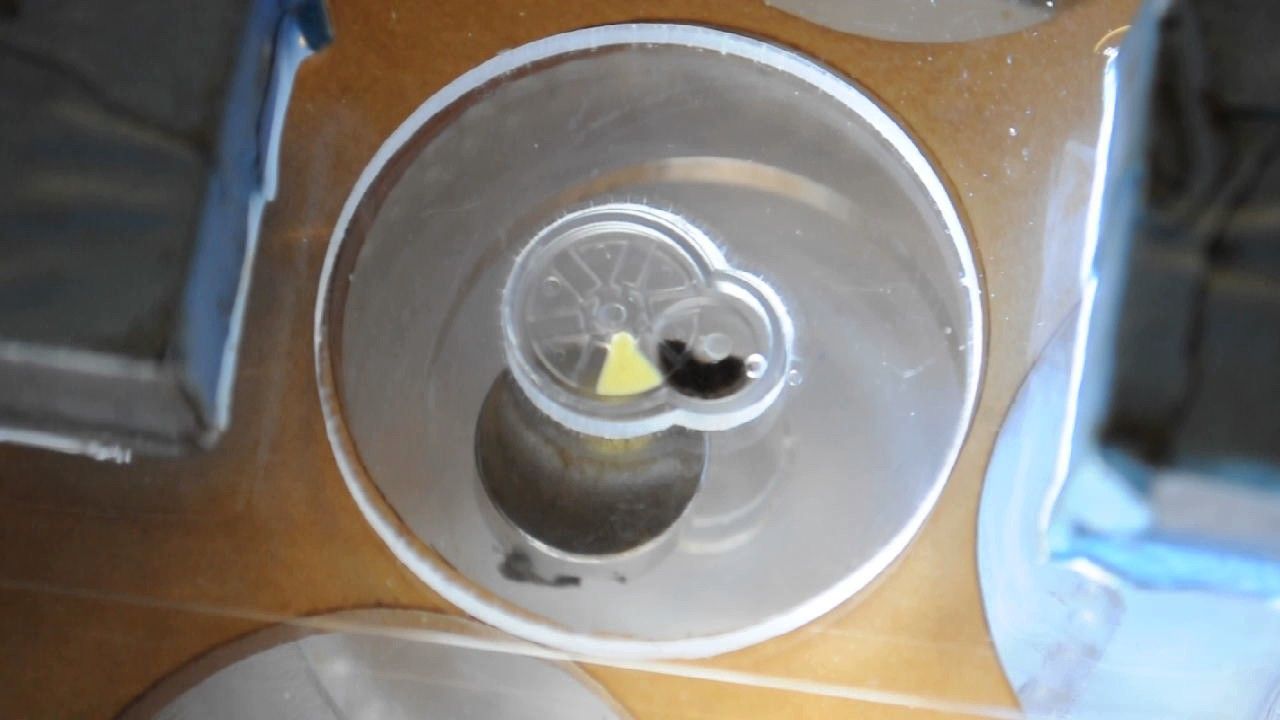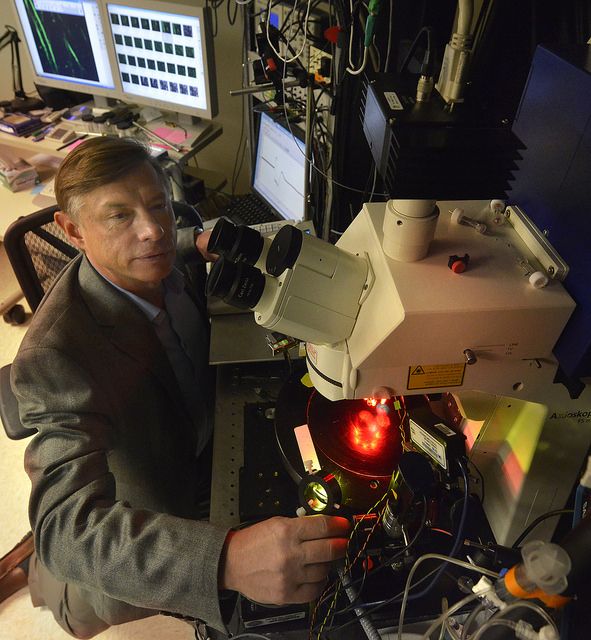Jan 10, 2017
Model sheds light on inhibitory neurons’ computational role
Posted by Karen Hurst in categories: biological, neuroscience, robotics/AI
Researchers at MIT’s Computer Science and Artificial Intelligence Laboratory have developed a new computational model of a neural circuit in the brain, which could shed light on the biological role of inhibitory neurons — neurons that keep other neurons from firing.
The model describes a neural circuit consisting of an array of input neurons and an equivalent number of output neurons. The circuit performs what neuroscientists call a “winner-take-all” operation, in which signals from multiple input neurons induce a signal in just one output neuron.
Using the tools of theoretical computer science, the researchers prove that, within the context of their model, a certain configuration of inhibitory neurons provides the most efficient means of enacting a winner-take-all operation. Because the model makes empirical predictions about the behavior of inhibitory neurons in the brain, it offers a good example of the way in which computational analysis could aid neuroscience.
